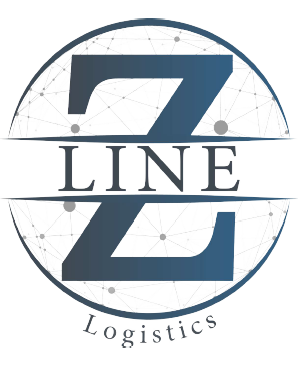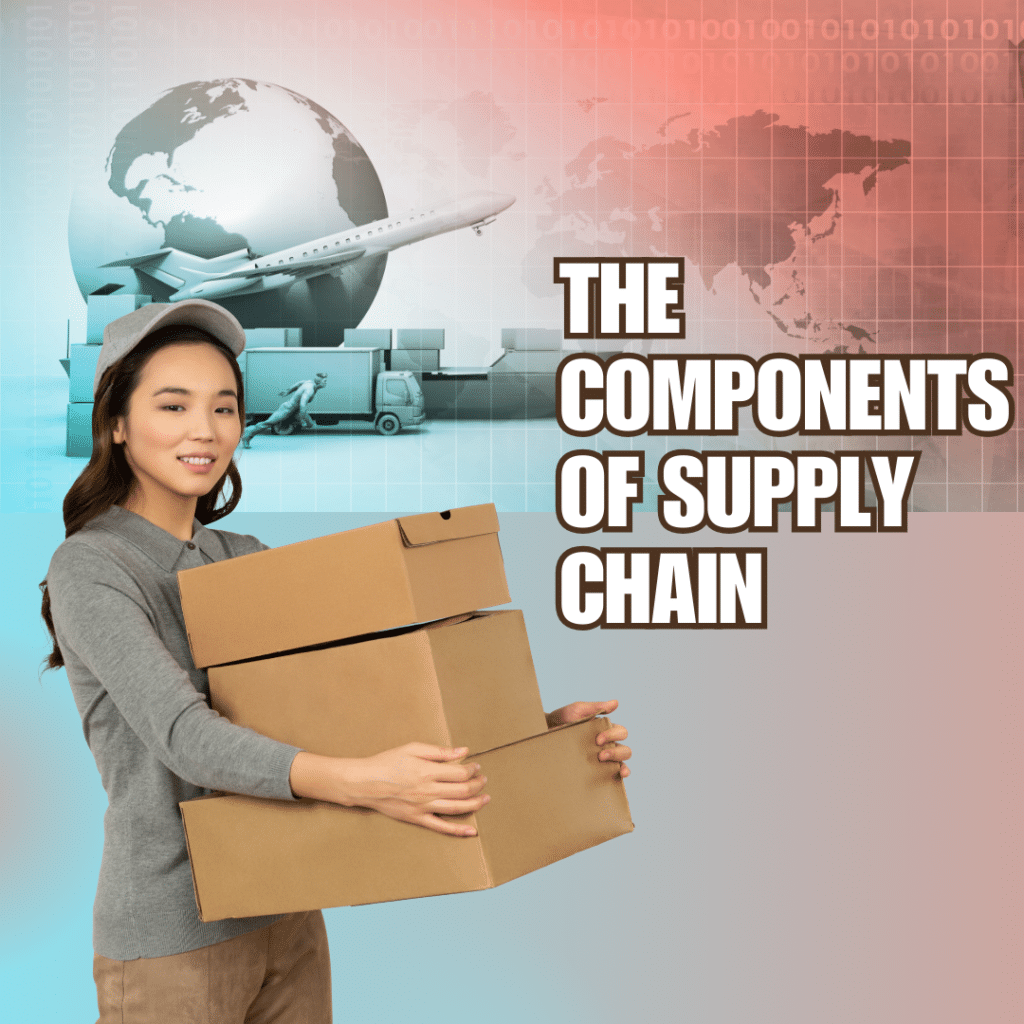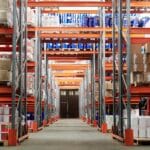In today’s interconnected global market, understanding the intricate components of a supply chain is crucial for businesses of all sizes.
By grasping these essential elements, you can optimize your operations, enhance efficiency, and ensure a seamless flow of goods and services.
This comprehensive guide will delve into the five key components of a supply chain, which are planning, sourcing, inventory management, production and return of goods, to provide you with a clear and concise overview.
Component 1: Planning and Forecasting
Planning and forecasting form the cornerstone of a well-functioning supply chain. These activities involve anticipating future demand, ensuring adequate supply, and optimizing resource allocation.
Key Elements of Planning and Forecasting:
- Demand Forecasting: Predicting future customer demand for products or services is essential for accurate planning. Various forecasting techniques, such as statistical modeling and qualitative methods, can be employed.
- Supply Chain Modeling: Creating a visual representation of the supply chain helps identify potential bottlenecks, risks, and opportunities for improvement.
- Inventory Management: Determining optimal inventory levels to balance supply and demand, minimize costs, and avoid stockouts or excess inventory.
- Capacity Planning: Ensuring that production capacity aligns with forecasted demand to avoid shortages or overproduction.
- Risk Management: Identifying and mitigating potential risks, such as disruptions in supply, demand fluctuations, or natural disasters.
Benefits of Effective Planning and Forecasting:
- Improved Efficiency: Optimized resource allocation and reduced waste.
- Cost Savings: Minimized inventory costs and reduced risks of stockouts or overstocking.
- Enhanced Customer Satisfaction: Consistent product availability and shorter lead times.
- Increased Agility: Ability to respond quickly to changes in demand or supply.
- Strategic Decision-Making: Informed planning and forecasting support better business decisions.
Read more: What are the 4 Pillars of Global Sourcing?
Component 2: Sourcing and Procurement
Sourcing and procurement are critical components of the supply chain, responsible for acquiring the necessary resources and materials to support business operations.
This involves identifying suitable suppliers, negotiating favorable terms, and ensuring a reliable and efficient supply chain.
Key Elements of Sourcing and Procurement:
- Supplier Identification and Selection: Identifying potential suppliers based on factors such as quality, cost, reliability, and sustainability.
- Supplier Evaluation: Assessing suppliers’ capabilities, performance history, and financial stability.
- Negotiation: Negotiating favorable terms, including pricing, payment terms, delivery schedules, and quality standards.
- Contract Management: Developing and managing contracts with suppliers to ensure compliance and protect the business’s interests.
- Supplier Relationship Management: Building strong relationships with suppliers to foster collaboration and improve performance.
- Risk Management: Identifying and mitigating risks associated with sourcing and procurement, such as supply chain disruptions or quality issues.
Benefits of Effective Sourcing and Procurement:
- Cost Reduction: Negotiating favorable terms with suppliers can lead to significant cost savings.
- Improved Quality: Sourcing from reliable suppliers can ensure the quality of materials and products.
- Enhanced Efficiency: Streamlined sourcing and procurement processes can improve overall supply chain efficiency.
- Risk Mitigation: Effective risk management strategies can protect the business from disruptions and uncertainties.
- Innovation: Collaborating with suppliers can foster innovation and the development of new products or services.
Learn more: Exploring the Difference Between Logistics and Supply Chain Management
Component 3: Inventory Management
Inventory management is a critical component of supply chain management, ensuring that businesses have the right amount of stock to meet customer demand without excessive costs.
Key Considerations:
- Supplier Diversification: Having multiple suppliers helps mitigate risks and ensures a steady supply of materials.
- Inventory Optimization: Balancing inventory levels to minimize costs while ensuring product availability.
- Just-in-Time (JIT) Inventory: Implementing JIT strategies to reduce inventory holding costs and improve efficiency.
Lessons Learned from 2020 for Supply Chain Management:
The COVID-19 pandemic highlighted the importance of robust inventory management. Many businesses faced challenges due to supply chain disruptions and increased demand. Key takeaways include:
- Resilience: Building resilient supply chains that can withstand disruptions.
- Flexibility: Adapting to rapidly changing market conditions and consumer preferences.
- Risk Assessment: Continuously evaluating and mitigating potential risks in the supply chain.
For more info: The Positive and Negative Impacts of the Amazon Effect on Freight in Dubai
Component 4: Production and Transportation
Production and transportation are integral components of the supply chain, ensuring that products are manufactured efficiently and delivered to customers on time.
Key Elements of Production and Transportation:
- Production Planning: Scheduling production activities to meet demand, optimize resource utilization, and minimize costs.
- Quality Control: Implementing processes to ensure that products meet established quality standards and specifications.
- Warehouse Management: Efficiently managing inventory storage, retrieval, and distribution.
- Transportation Planning: Selecting the most suitable transportation modes (e.g., road, rail, air, sea) like tailored logistics and last-mile delivery and optimizing routes for timely delivery.
- Logistics Coordination: Coordinating the movement of products from manufacturing facilities to distribution centers and retail outlets.
- Supply Chain Visibility: Tracking the movement of products throughout the supply chain to ensure timely delivery and identify potential issues.
Challenges and Considerations of the supply chain:
- Capacity Planning: Ensuring that production capacity aligns with demand to avoid bottlenecks or delays.
- Inventory Management: Balancing inventory levels to minimize costs while maintaining product availability.
- Transportation Costs: Optimizing transportation routes and modes to reduce costs and improve efficiency.
- Supply Chain Disruptions: Developing contingency plans to address potential disruptions, such as natural disasters or supply chain disruptions.
- Sustainability: Considering environmental and social factors in transportation and production processes.
Read more: Exploring Global Sourcing Advantages and Disadvantages
Component 5: Return of Goods
The return of goods process is a critical aspect of supply chain management, particularly when dealing with faulty or defective products.
A well-defined and efficient returns policy can significantly impact customer satisfaction and loyalty.
Key Elements of Return of Goods:
- Clear Returns Policy: Communicate your returns policy clearly to customers, outlining the conditions for returns, deadlines, and refund or exchange options.
- Easy Returns Process: Make it simple for customers to initiate returns, whether online or in-store.
- Inspection and Evaluation: Thoroughly inspect returned products to determine the reason for return and if the product is eligible for a refund or replacement.
- Refund or Exchange: Process refunds or exchanges promptly and efficiently, following your company’s guidelines.
- Reverse Logistics: Manage the logistics of returning products to your warehouse or supplier.
- Customer Communication: Keep customers informed throughout the returns process, providing updates and addressing any concerns.
Benefits of an Effective Returns Policy:
- Improved Customer Satisfaction: A hassle-free returns process can enhance customer satisfaction and loyalty.
- Reduced Returns Costs: Streamlining the returns process can help minimize costs associated with handling returns.
- Enhanced Brand Reputation: A fair and efficient returns policy can positively impact your brand’s reputation.
- Data Collection: Tracking returns data can provide valuable insights for improving product quality and reducing future returns.
For more information: Embracing Green Last-mile Delivery in Dubai for 2024
Mastering the Supply Chain: A Strategic Advantage
By understanding and effectively managing these five components, businesses can streamline their operations, reduce costs, and improve customer satisfaction.
A well-functioning supply chain is a strategic asset that can provide a significant competitive advantage in today’s global marketplace.
With Z Line Logistics Company you can start developing your logistics services and get ahead of the supply chain’s ins and outs.




